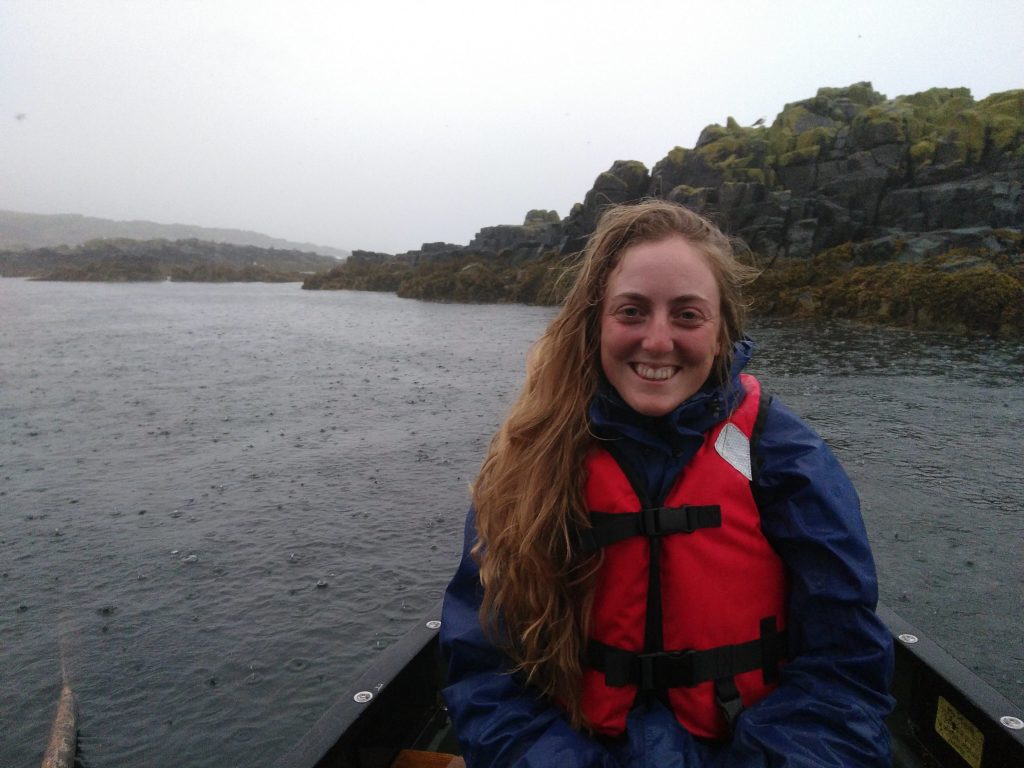
Climate change and predator-prey relationships
PhD Aim:
- This PhD aims to investigate the link between biophysical variables and marine predator populations.
- Using oceanographic models, this project hopes to study the relationship between seabird demographic rates and distributions and environmental variables beyond sea surface temperature. Additionally, it will focus on exploring the predictive power of different spatial and temporal scales of biophysical variables. Thus, identifying which variables and at which scales are the most reliable predictors to improve our ability to forecast seabird demographic rates and distributions under climate change.
- Methods of modelling and analysis will include state of the art spatial and spatiotemporal approaches such as INLA and HaToPo.
Research questions:
- Which habitat and biophysical variables are important during the different life history stages of seabirds and marine mammals?
- Which bio-physical variables are important predictors of seabird and marine mammal population demographics and distributions and at which spatial and temporal scales?
- How is prey availability influenced by biophysical habitat conditions reflected in long-term seabird diet?
- How can bio-physical variables be used to predict fine-scale predator movement?
- Can we use identified links between bio-physical variables and top predators to forecast predator distributions and populations under climate change scenarios?
Contact details:
Email: e.benninghaus.20@abdn.ac.uk
Twitter: @EllaLillyy
